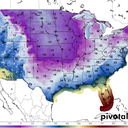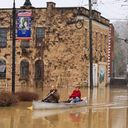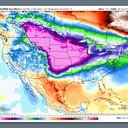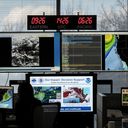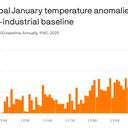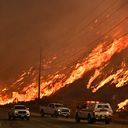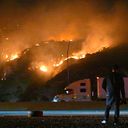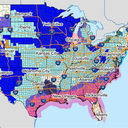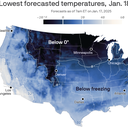Most USAID workers to be fired or placed on leave by late Sunday
The Trump administration moved Sunday to fire some 2,000 U.S. Agency for International Development workers and place most others on administrative leave, according to an email the agency sent to staff.
The big picture: The action that's set to take effect on Sunday just before midnight comes days after a federal judge permitted the administration to move ahead with the mass firings and continue the DOGE-led dismantling of the large-scale operation at what was the world's largest humanitarian aid organization.
Driving the news: "As of 11:59 p.m. EST on Sunday, February 23, 2025, all USAID direct hire personnel, with the exception of designated personnel responsible for mission-critical functions, core leadership and/or specially designated programs, will be placed on administrative leave globally," per the email to staff that was obtained by outlets including Axios.
- "Concurrently, USAID is beginning to implement a Reduction-in-Force that will affect approximately 1,600 USAID personnel with duty stations in the United States," added the email that's now posted on USAID's website.
Context: The Trump administration moved earlier this month to place direct hires on administrative leave globally and announced that it would pay for USAID personnel posted overseas to return travel to the U.S. within 30 days.
- Unions representing USAID workers sued the Trump administration, calling the action to dismantle the agency "unconstitutional and illegal."
- However, U.S. District Judge Carl Nichols on Friday lifted a temporary restraining order he had issued in the case after finding that "initial assertions of harm were overstated" by the plaintiffs.
Zoom out: Elon Musk has been leading a drive to dismantle USAID amid his DOGE cost-cutting efforts across all federal agencies.
- Secretary of State Marco Rubio, USAID's acting administrator, said the administration's goal was to "identify programs that work and continue them and to identify programs that are not aligned with our national interest" and address them.
- In a separate case, a federal judge paused the Trump administration's freeze on foreign aid.
- Representatives for the State Department and White House did not immediately respond to Axios' request for comment in the evening.
Go deeper: Agencies, unions tell fed workers: Don't answer Musk's threat email
Editor's note: This article has been updated with new details throughout.




